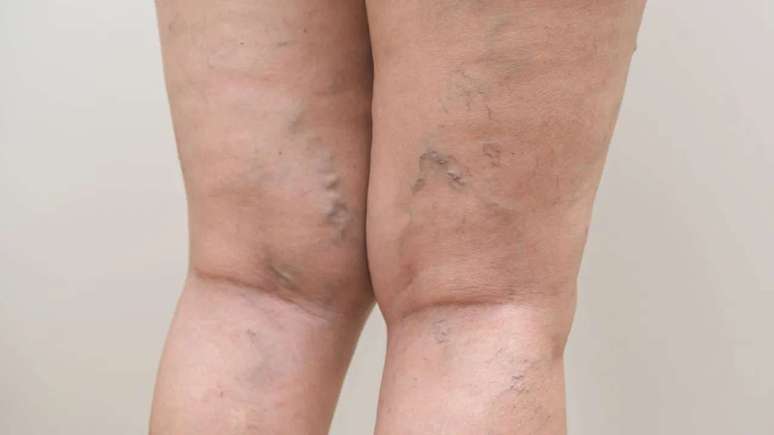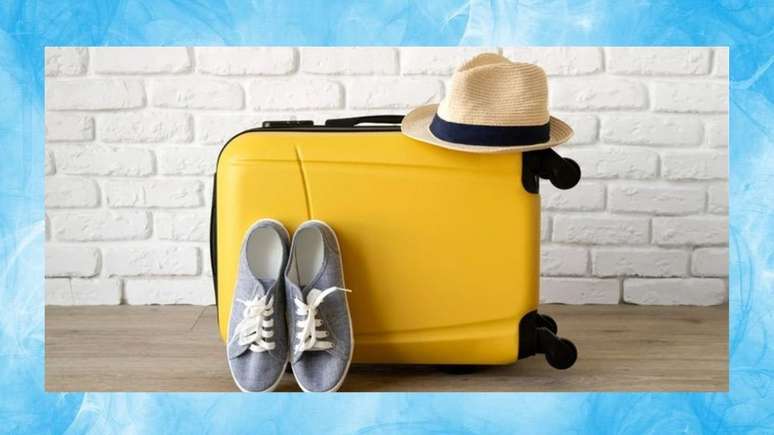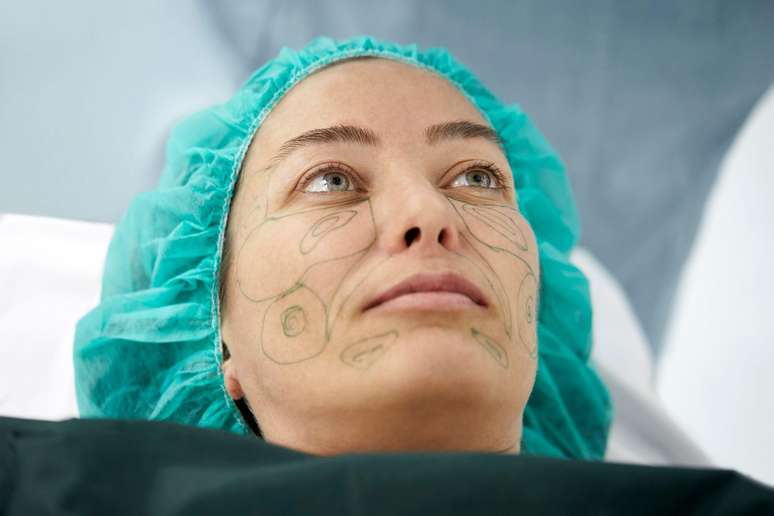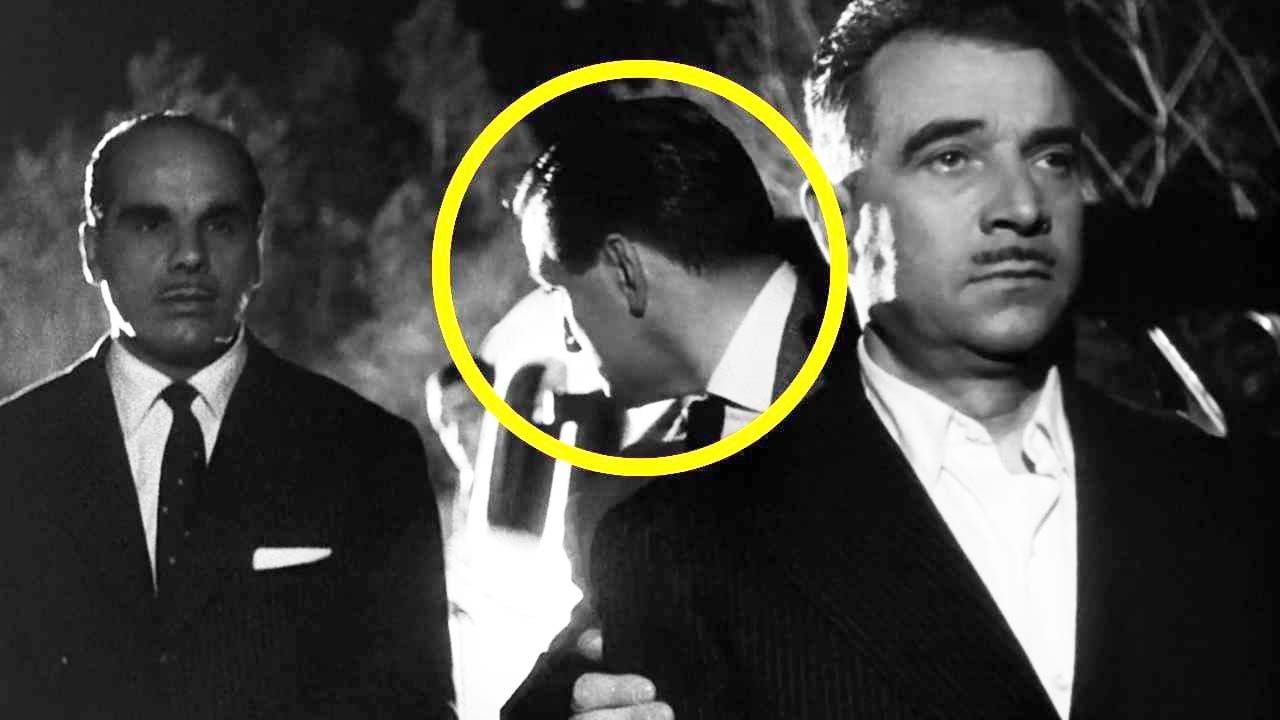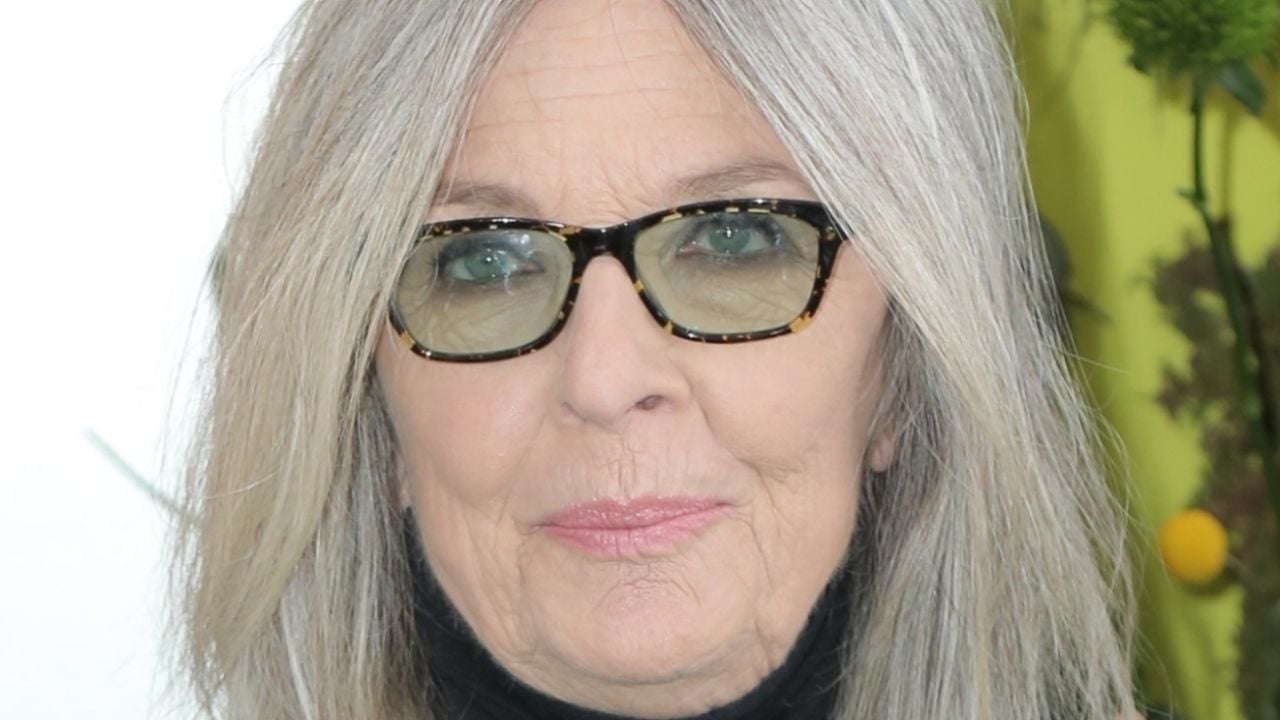Temperature and dry time oscillations also influence varicose veins and aggravate symptoms such as swelling, pain and weight sensation in the legs
Winter is often associated with a respite in the symptoms of varicose veinsSince the lower temperatures favor the contraction of the blood vessels and temporarily improve the venous return. However, this perception can be misleading. Even during the cold months, it is increasingly common that hot and dry days occur in various regions of the country, a climatic phenomenon that directly affects vascular health.
“People tend to relax the care of the legs in winter because they believe that the season is less aggressive for those who have varicose veins. But the reality is that the fluctuations of temperature, in particular the sudden episodes of heat and dry climate, can aggravate or anticipate symptoms such as pain, swelling, tiredness and sensation of weight on the legs”, explains the vascular surgeon and the CEO of the Vascularte Franchise.
The combination of these factors reduces circulation efficiency and can compromise the body’s response to treatment, especially when preventive habits are interrupted. To help treat the symptoms of varicose veins, the expert listed five precautions that should also be kept in winter to preserve the health of the legs.
Wear compression socks regularly
Despite the slightest sense of discomfort on cold days, compression socks remain important allies to prevent and control venous insufficiency. “The cold can mask the symptoms, but the problem is still present. The continuous use of socks helps to maintain an efficient venous return even when the patient does not feel pain or swelling,” says the doctor.
Remain hydrated also to the cold
With the reduction of thirsty sensation during the winter, it is common that water intake decreases. However, hydration is essential to preserve the elasticity of the blood vessels and avoid worsening symptoms. “Dry air increases liquid loss through breathing and skin. Inadequate hydration can make blood more viscous, making it difficult to circulate,” explains Camila.
Avoid very hot and prolonged bathrooms
Hot water can expand the blood vessels, promoting the sensation of weight and swelling in the legs. “In addition, very hot baths dry the skin, which, combined with dry time, can generate itching and irritation in areas where there are varicose veins,” says the expert.
Practice light physical activities
During the winter, the trend is to remain longer in closed environments and with less mobility. Therefore, the doctor recommends daily walks, stretching or activities that move the lower limbs. “The venous return depends on the muscle contraction of the calf. Standing for a long time makes this function difficult.”
Remains tuned to silent signs
Even if pain and swelling seem less intense, symptoms such as tingling sensation, recurring tiredness or apparent bluish veins should not be ignored. “The progression of venous insufficiency can be silent. If there is a family story or persistent symptoms, the ideal is to look for a specialist for evaluation and, if necessary, start adequate treatment,” says Camila.
Source: Terra
Ben Stock is a lifestyle journalist and author at Gossipify. He writes about topics such as health, wellness, travel, food and home decor. He provides practical advice and inspiration to improve well-being, keeps readers up to date with latest lifestyle news and trends, known for his engaging writing style, in-depth analysis and unique perspectives.

